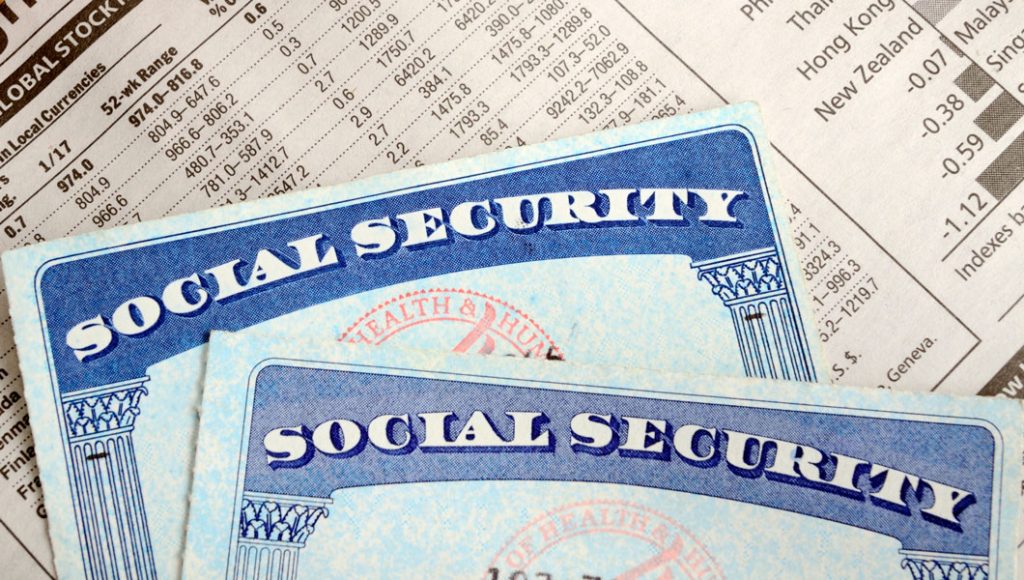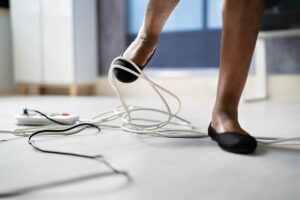September marks the start of National Preparedness Month. One of the best ways to stay one step ahead of storms, power outages and other emergencies is to plan ahead. Being prepared for severe storms and knowing what to do in the aftermath can mean the difference between survival and a tragedy.
Prepare with an emergency kit
The first step in preparation? Put together an emergency kit. The exact contents of kits may vary, but Ready.gov recommends every emergency kit contain these basic items:
- Water, one gallon of water per person per day for at least three days, for drinking and sanitation
- Food, at least a three-day supply of non-perishable food
- Battery-powered or hand crank radio and a NOAA weather radio and extra batteries
- Flashlight and extra batteries
- First aid kit
- Moist towelettes, garbage bags and plastic ties for personal sanitation
- Cell phone with chargers, inverter or solar charger
Prepare with knowledge
Just as important as knowing how to prepare is knowing what to do during and immediately after an emergency. No place outside is safe when thunderstorms are in the area. If you are outside, head inside immediately to avoid being caught in a storm. Stay away from windows, go to the lowest level in your house, avoid corded electrical equipment and have your emergency kit within easy reach.
Even after a storm passes, it can leave hazards in its wake. Stay far away from all downed lines and any objects they are touching. If you see a downed power line, call 911 to notify emergency personnel and the utility immediately.
Some tips to keep in mind should severe weather or flooding occur include:
- Never step into a flooded basement or room if water is covering electrical outlets, appliances or cords.
- Don’t attempt to turn off power at the breaker box or touch an electrical appliance if you are wet or in standing water. Call your electric co-op to shut off power at the meter.
If an electrical appliance has been in contact with water, have a professional check it out before it is used. It may need to be repaired or replaced. - Do not venture out on roads after a storm unless you must. If you encounter a downed power line while driving, do not drive over it and stay in your car. Downed power lines can still carry electricity, and while you are safe inside your vehicle, creating two points of contact by touching the surrounding ground could result in shock or electrocution. Wait for utility and emergency professionals to make sure the power line is de-energized before exiting the car.
Prepare to be patient
The time it takes to restore power can vary widely depending on the extent of the storm’s destruction, the number of outages and when it becomes safe for utility personnel to get to the damaged areas. Power restoration could be a matter of hours or even days depending on the extent of damage.
Lineworkers are often called storm heroes or storm soldiers because they have the knowledge, training and courage to head into the immediate aftermath of a severe storm to help others. They face numerous dangers as they restore power to communities by clearing any lines or equipment that pose a risk to public safety, reconnecting downed lines and repairing damaged equipment.
For additional safety tips, visit SafeElectricity.org.










